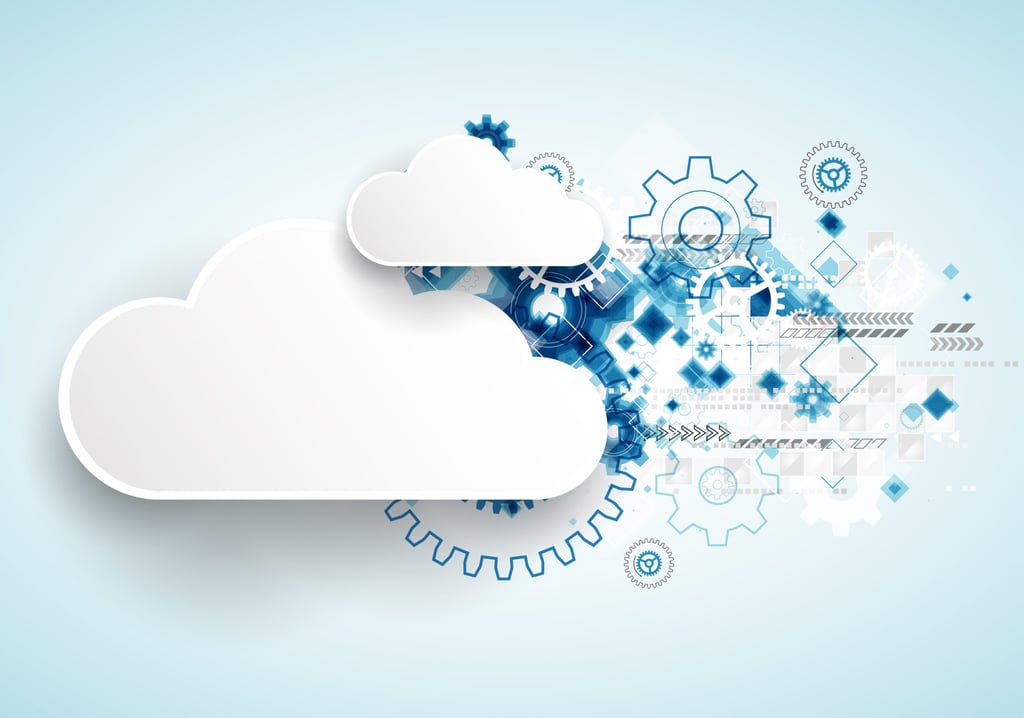
Five Steps to Becoming a Cloud-Ready Company

The decision to move data and applications to the cloud is easy. After all, many business units have taken it upon themselves to spin up their own cloud presences with little or no involvement from IT.
But that still leaves the migration process to deal with. And when you’re talking about large data sets or multiple volumes of smaller sets, IT’s participation is crucial, particularly if the enterprise hopes to build a cohesive, coordinated cloud presence someday.
Unfortunately, many enterprises are reporting more challenges than successes when it comes to cloud migration. According to a recent survey from VMware and Enterprise Management Associates, more than half of all enterprises moving workloads to public cloud providers like Amazon and Microsoft Azure report stalls or failures in the process. It’s interesting to note that only about a third of VMware users reported a stall or failure, which could reflect the fact that most enterprises are starting the migration from an internal VMware environment, or just that VMware was the primary sponsor of the report.
Still, it’s pretty clear that once the contract for a cloud service has been signed, the practical realities of the technology emerge. Cloud pricing, scalability, operational efficiency and numerous other advantages do not outweigh one simple fact: It is still another data infrastructure that must be integrated into legacy environments and then populated with data and applications in order to be useful. This is why many cloud providers, in addition to driving down the cost of the cloud, are working feverishly to simplify the migration process. Google, for example, recently bolstered its Python-based gsutil migration tool with the new Online Cloud Import system that streamlines the process of moving multi-TB files from rival clouds (cough, Amazon).
Like any complicated process, however, careful planning can go a long way toward smoothing the rough parts. As IT solutions provider T-Systems noted recently, a planned and structured approach to cloud computing that incorporates not just the migration but overall business needs, IT requirements, service architectures and a range of other issues is the best way to ensure that the cloud will retain its value over the long term. Key questions include what kind of cloud (i.e., IaaS, PaaS or SaaS) best suits organizational needs? And are you ready for private/hybrid infrastructure or a pure public environment? If it’s public, what data and applications are you willing to entrust to a shared, multitenant environment?
In most cases, the cloud provides not only a new infrastructure but also the opportunity to upgrade to new versions of software, which adds an entirely new wrinkle to the migration process, says Tribridge consultant Rob Curls. Now, you have not only the challenge of moving volumes to a new set of resources and ensuring their availability, but then integrating the whole environment with legacy systems that are still running the old software. For some applications this may not be a big deal, but for highly complex functions like ERP and CRM, it might be best to migrate in stages: Move the workloads to fully replicated virtual servers first, and then conduct a system-wide upgrade when all the bugs have been worked out.
To be sure, the hype cycle surrounding the cloud has run its course, and most enterprises have a pretty clear view of what they can and cannot accomplish in the cloud. But reality won’t truly set in until the process of turning a loose collection of cloud services into a unified data infrastructure gets underway. Only then is it apparent that the cloud is, in fact, just like legacy environments in that it requires the same migration, testing and integration process that IT techs have come to know and love/hate.











